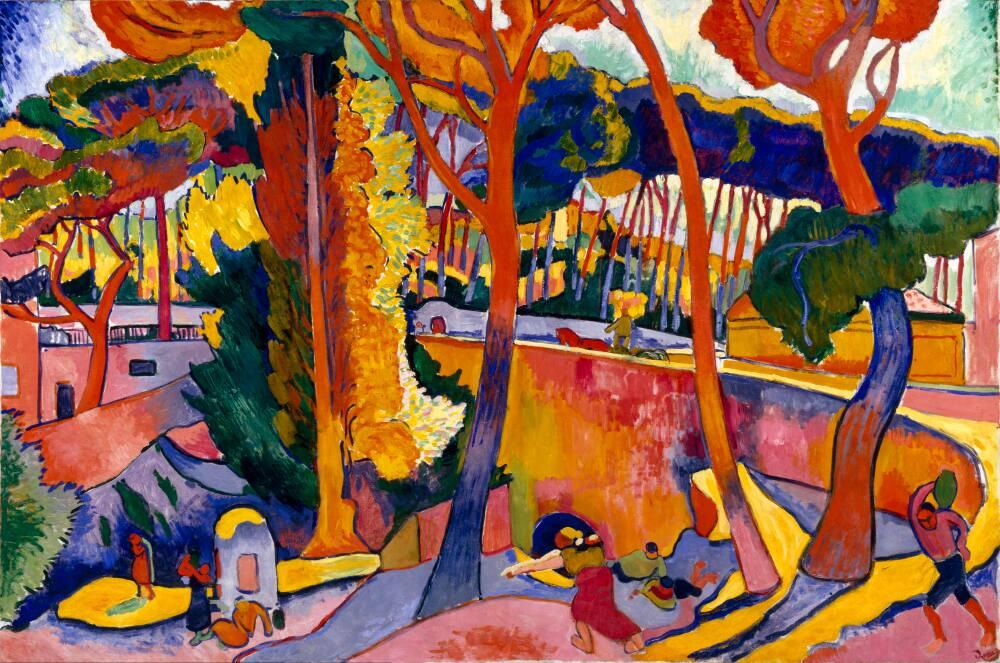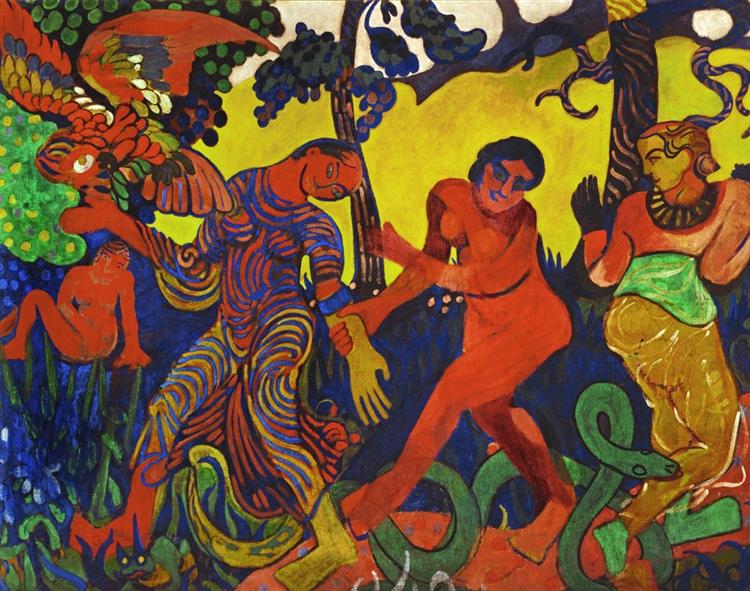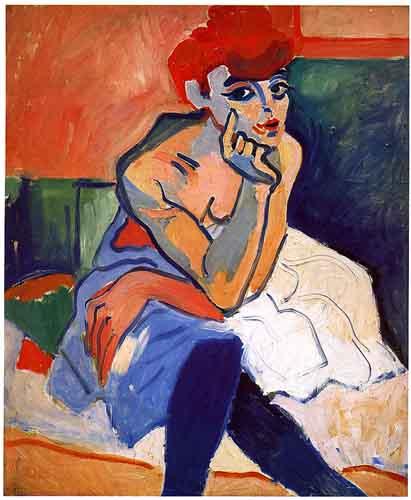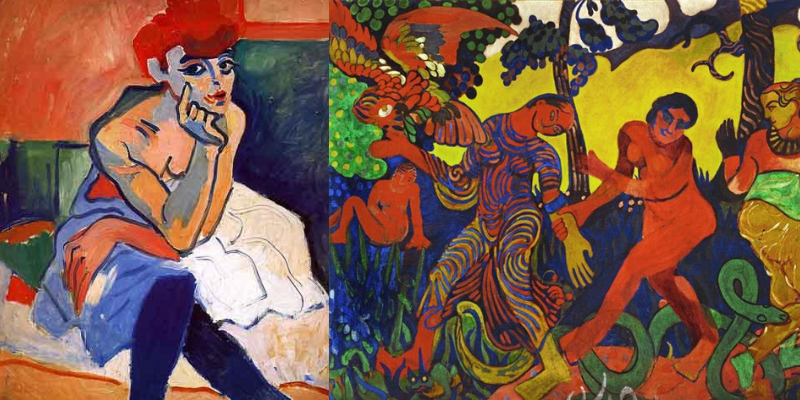10th June 2023. ON THIS DAY.
“For us Fauvism was like an ordeal by fire…our paints became sticks of dynamite. They were supposed to explode with light”
-André Derain
André Derain, born on June 10, 1880, in Chatou, France, played a significant role in shaping the early-20th-century art movements of Fauvism and Cubism. Derain, together with Henri Matisse and Maurice de Vlaminck, revolutionised the art world. Early Modern Art was profoundly influenced by his use of vivid colours, straightforward forms, and concern with primitive art.
Fauvism, which is known for its vivid and daring use of colour, was founded by Derain, Matisse, and de Vlaminck. The rich, vivid brushwork in Derain’s paintings is renowned for captivating viewers and bringing out the unbridled energy of his subjects. After visiting a museum in London, where he became a collector of African tribal art, as he was fascinated with primitive masks. Picasso and Braque, two Cubist artists, were significantly affected by his fascination. Despite Derain’s own brief exploration of Cubist elements, his experiments in this field paled in comparison to his contributions to Fauvism.

Courtesy: MFAH Collections
Derain joined the Symbolist movement in an effort to produce art that is timeless and meaningful to all people. His paintings lacked exact details and instead concentrated on the beauty of nature and the people enjoying it. He was drawn to classical art because of his idealistic tendencies and his desire to produce works that would endure and be meaningful to future generations. Despite his artistic accomplishments, Derain’s ties to the Nazi Regime during France’s occupation jeopardised his contributions to the revolution. His later adoption of a Classical aesthetic particularly appealed to the dictatorship since it supported their assertions of superior roots in Greek grandeur.

Courtesy: Wikiart
Training under the French symbolist Eugène Carrière marked the beginning of Derain’s artistic path. He made friendships with Matisse and de Vlaminck, which were essential to their growth as artists. Derain joined Matisse at Collioure, France, in the summer of 1905, which proved to be a turning point in his career. There, he experimented with Impressionist and Post-Impressionist techniques and created paintings that incorporated Impressionist themes using a divisionist approach and vibrant colour schemes.
The word “Fauves” was first used to refer to Derain, Matisse, and their group at the Salon d’Automne exhibition in 1905, where he first attracted attention. The term recognised the life and vitality of their works. Ambroise Vollard, a Parisian art dealer, also noticed Derain’s abilities and hired him to paint scenes of London. Derain produced well-known pieces while he was there that incorporated a variety of sources of inspiration.

Courtesy: Wikiart
From 1907 on, Derain discovered a strong influence in Paul Cézanne’s works. In contrast to Fauvism, he embraced angled forms influenced by Cézanne’s aesthetic along with a more muted colour scheme. His conscription for World War I service caused Derain’s artistic output to be put on hold. He wasn’t able to pick up painting again until his release in 1919. Derain immersed himself in the works of the Old Masters after his return and established himself as the head of a revived classicism.
Until his passing in 1954, André Derain’s aesthetic was constant. Along with his investigations into primal art and symbolism, his contributions to Fauvism and Cubism were notable in the formation of early Modern Art.





